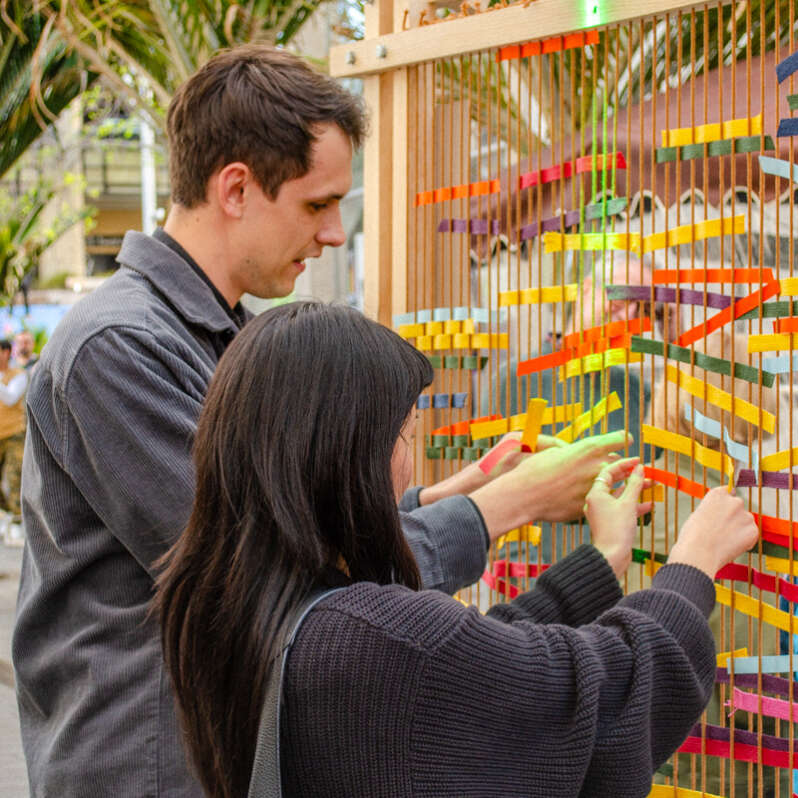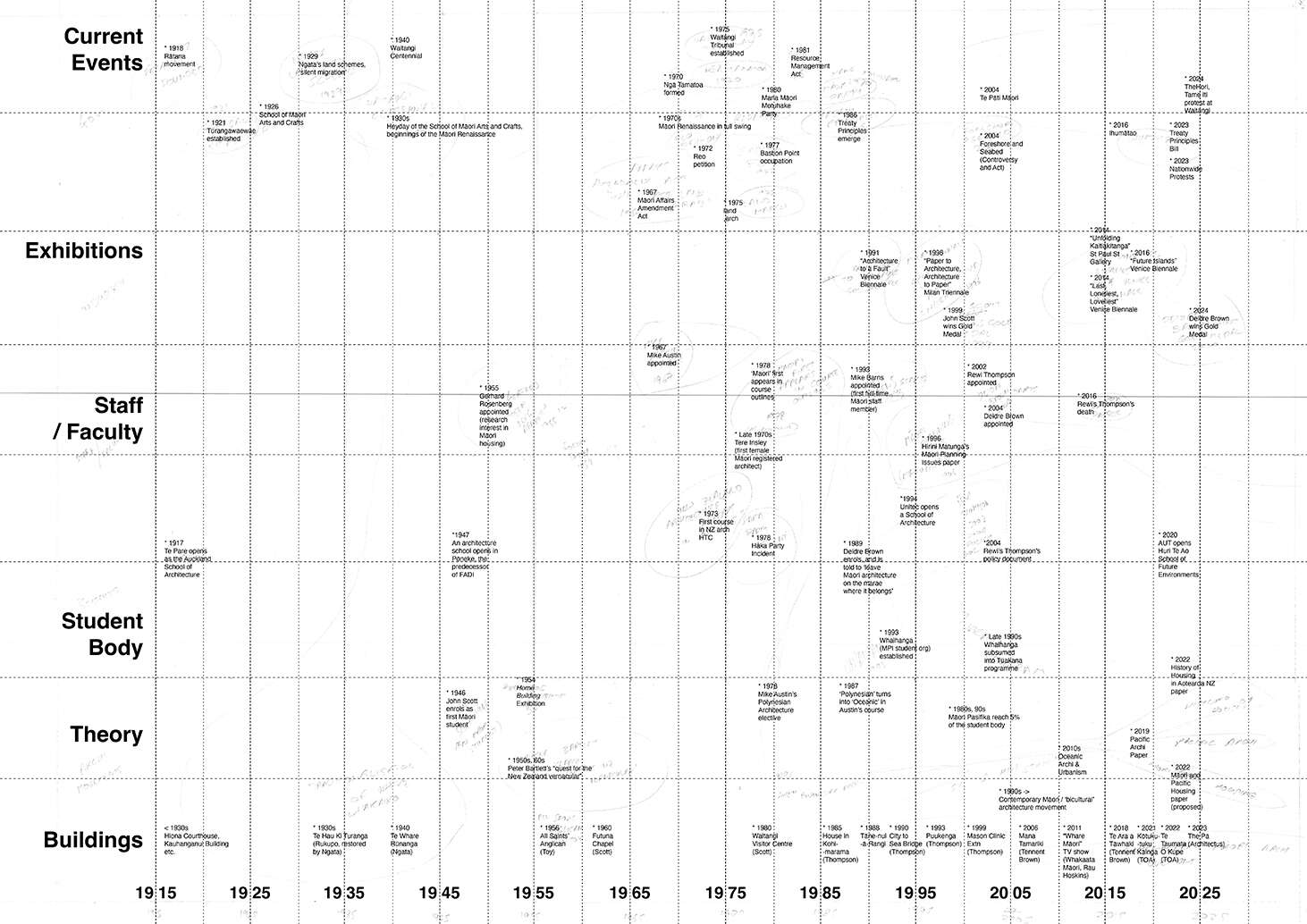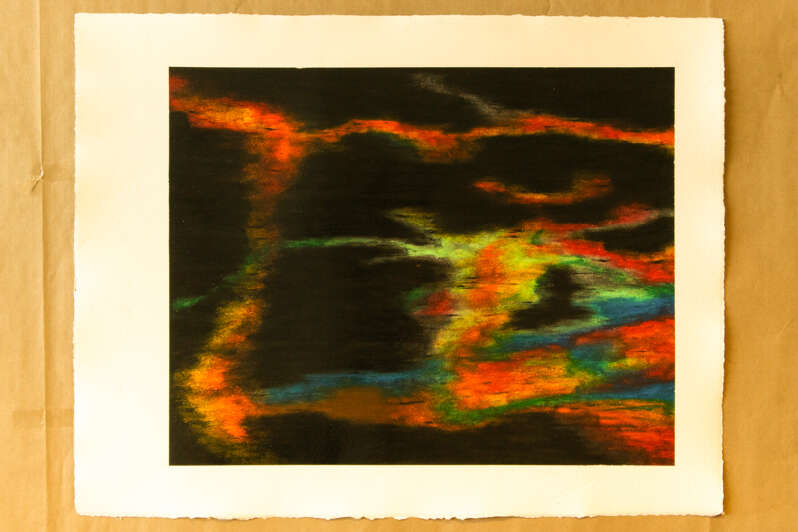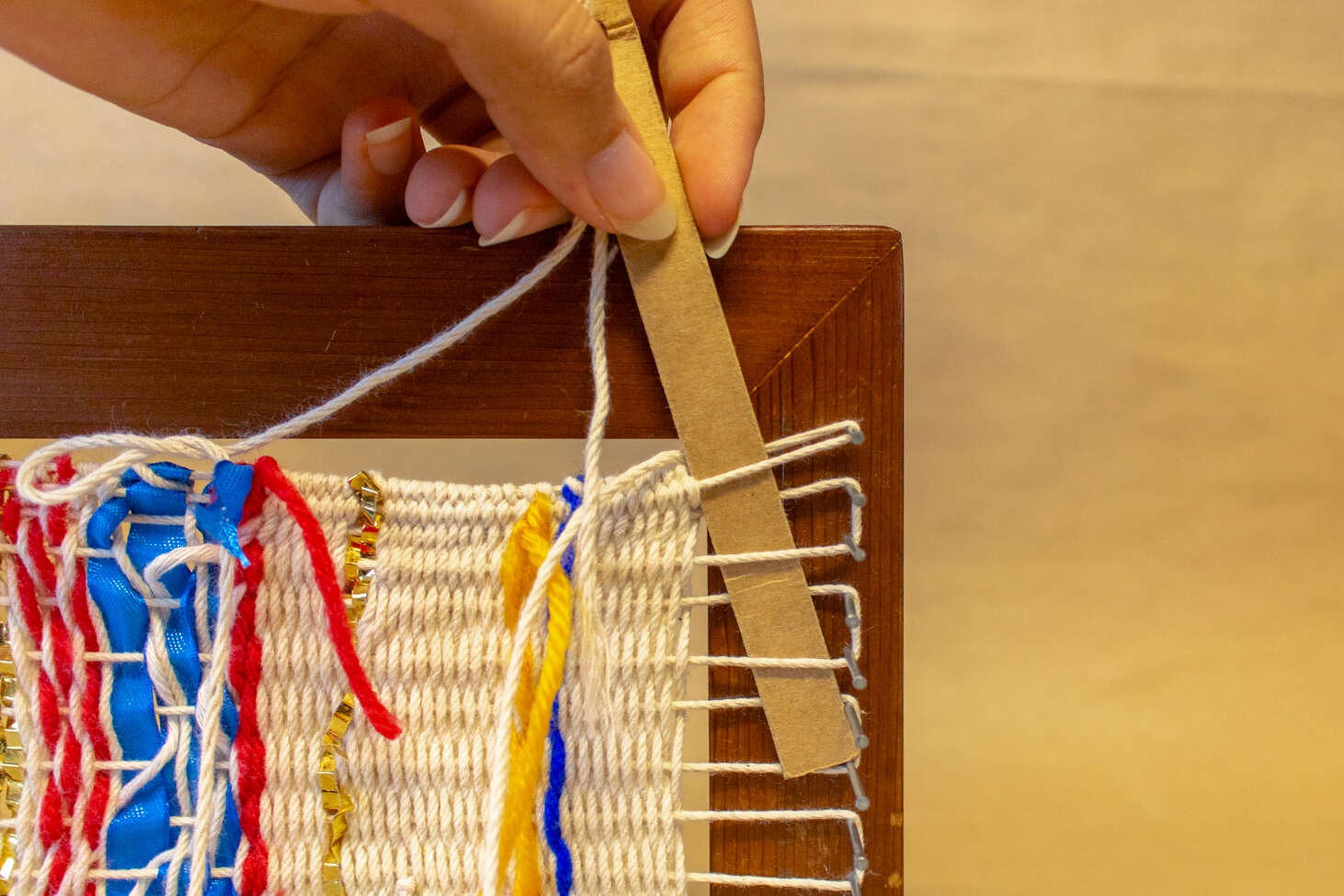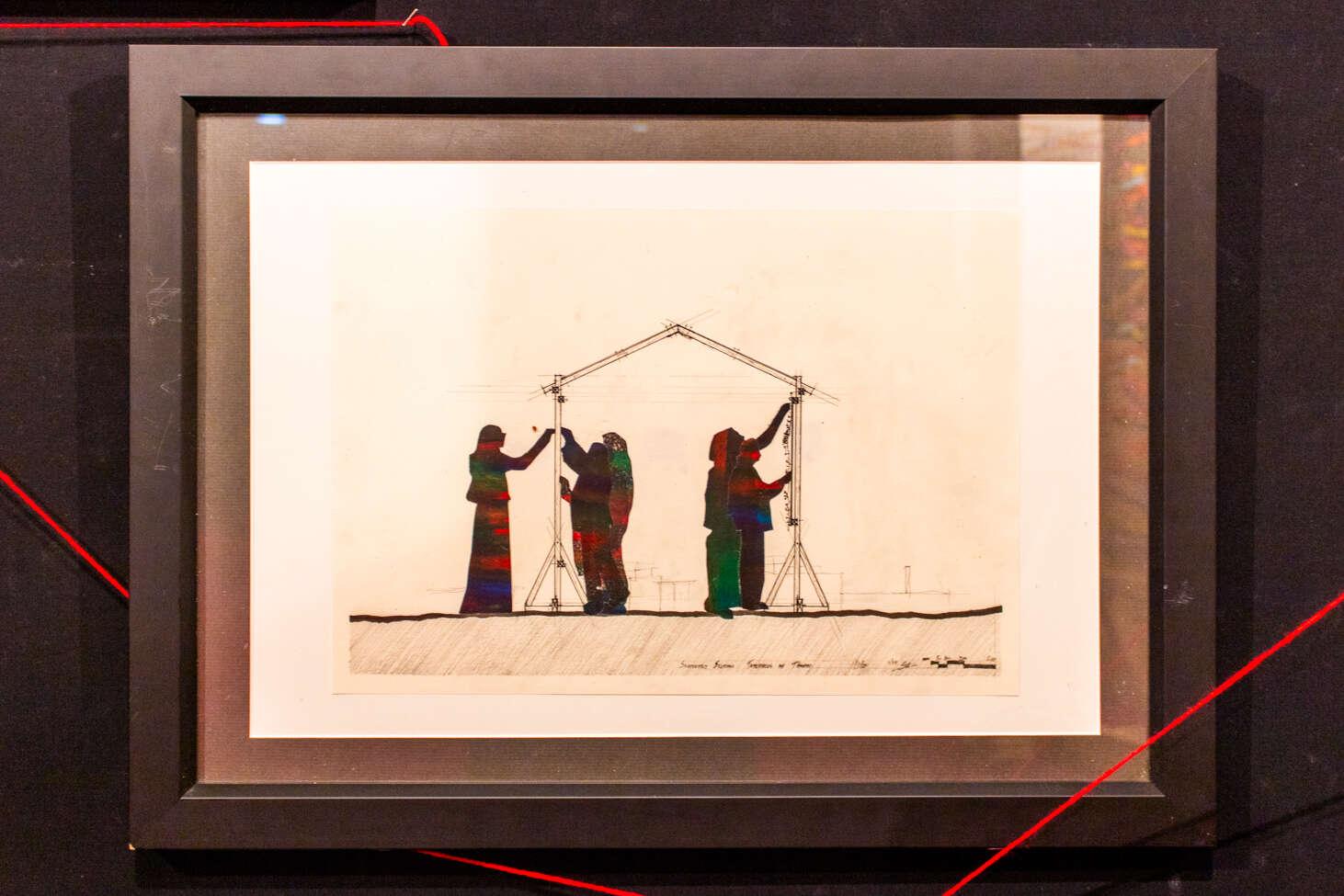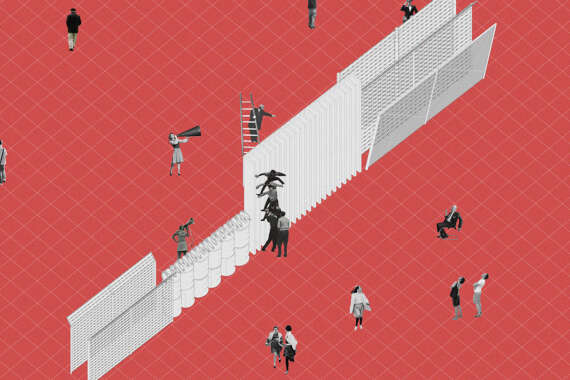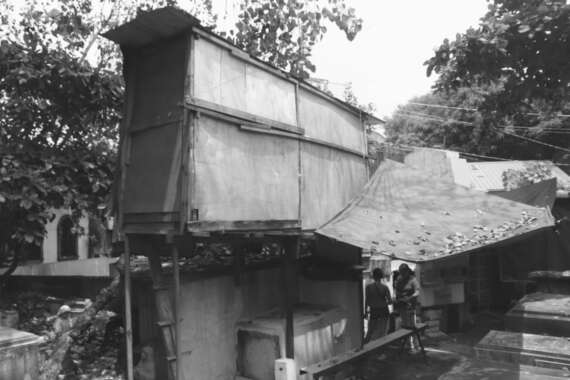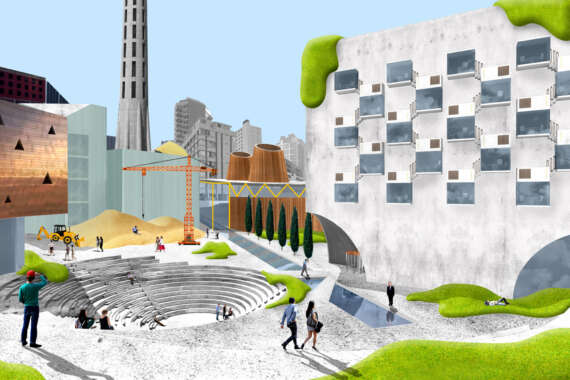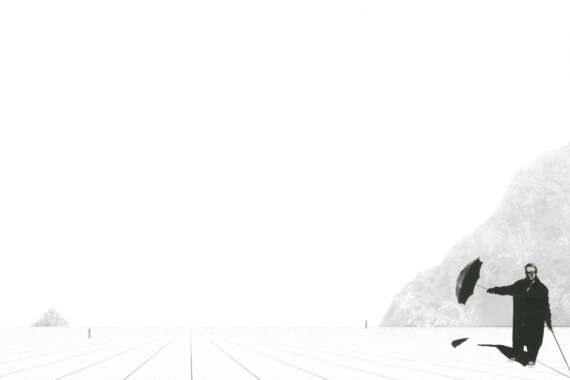Finding our Feet
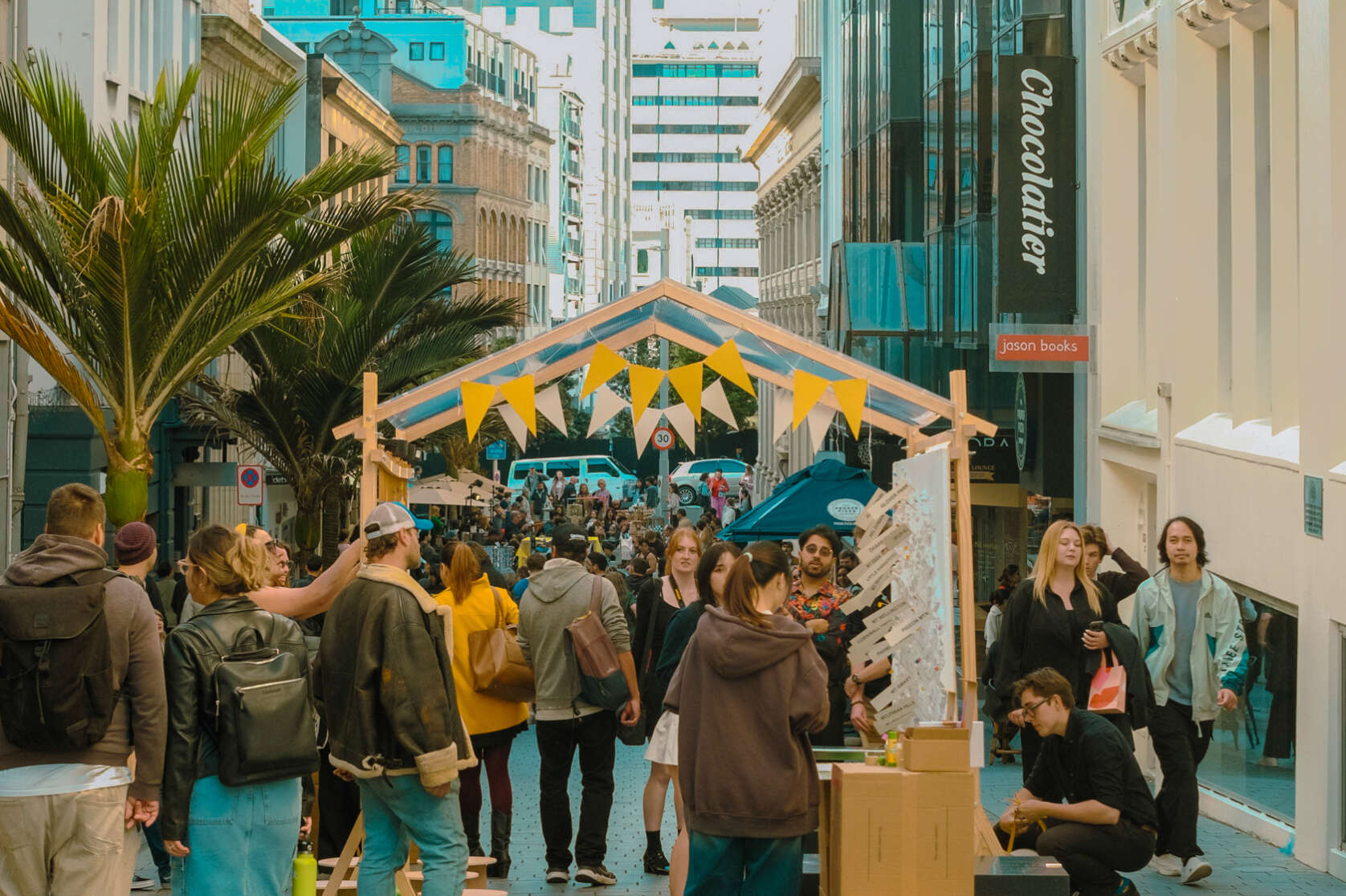
Exploring [non]architectural methodologies as drivers for [re]connecting people and place.
Two strands are woven in this MArch(prof)UrbPlan(Prof) thesis:
1: An investigation of people and place using architectural/planning methodologies
2: The design, fabrication, and installation of a 1:1 structure as a vehicle for that investigation
The resulting thesis and supporting media tell a story of contextualisation - of self in history and of people in place.








